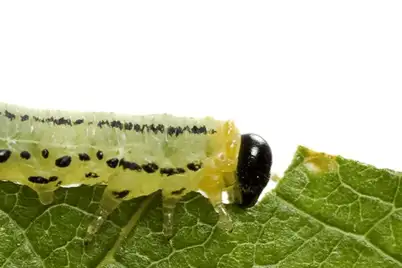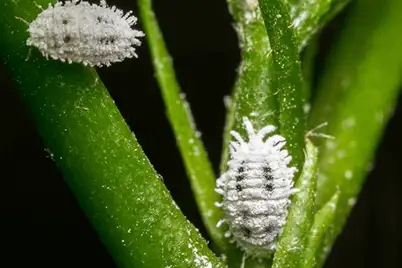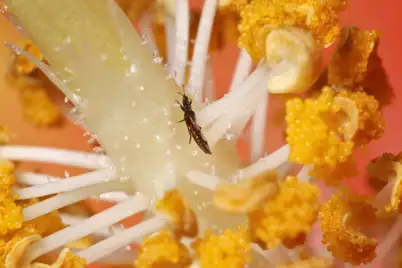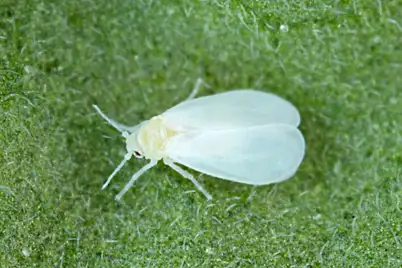Not all spiders are dangerous, most are harmless and quite beautiful. For example, Peacock Spiders are brightly coloured and patterned and perform an elaborate choreographed mating dance. Spiders are also an important part of the ecosystem and help to control garden pests.
Spiders come in a vast array of colours, patterns, shapes and sizes. The largest spider in the world is the Goliath Bird-Eating Spider from South American, with a leg-span of 28 cm.
The head and middle section (thorax) are fused (cephalothorax). At the front of the head region are four pairs of eyes. At the front and underside of the head are a pair of arm-like appendages (Chelicerae) which attach to the fangs. Fangs are generally used for piercing prey and injecting venom. Venom may be used for killing or immobilising prey, and may also liquify the body for later feeding. Another way of liquifying is to spit digestive enzymes on to their prey. Further outwards from the chelicerae are a pair of small antennae-like appendages (pedipalps), used for holding and helping to manoeuvre prey while feeding. On the underside of the cephalothorax are four pairs of legs. Spiders do not have antennae and are wingless.
The rear section (abdomen) is soft and rounded. At the tip of the abdomen are a pair of short appendages (spinnerets) which are used in producing silk. Silk is manufactured inside the abdomen from specialised silk glands. Silk is a sticky, strong and flexible substance which is used for various functions including building cocoons; nests; webs for catching prey; and wrapping their prey. Webs can be spun in a variety of patterns and forms according to the function of the design.





